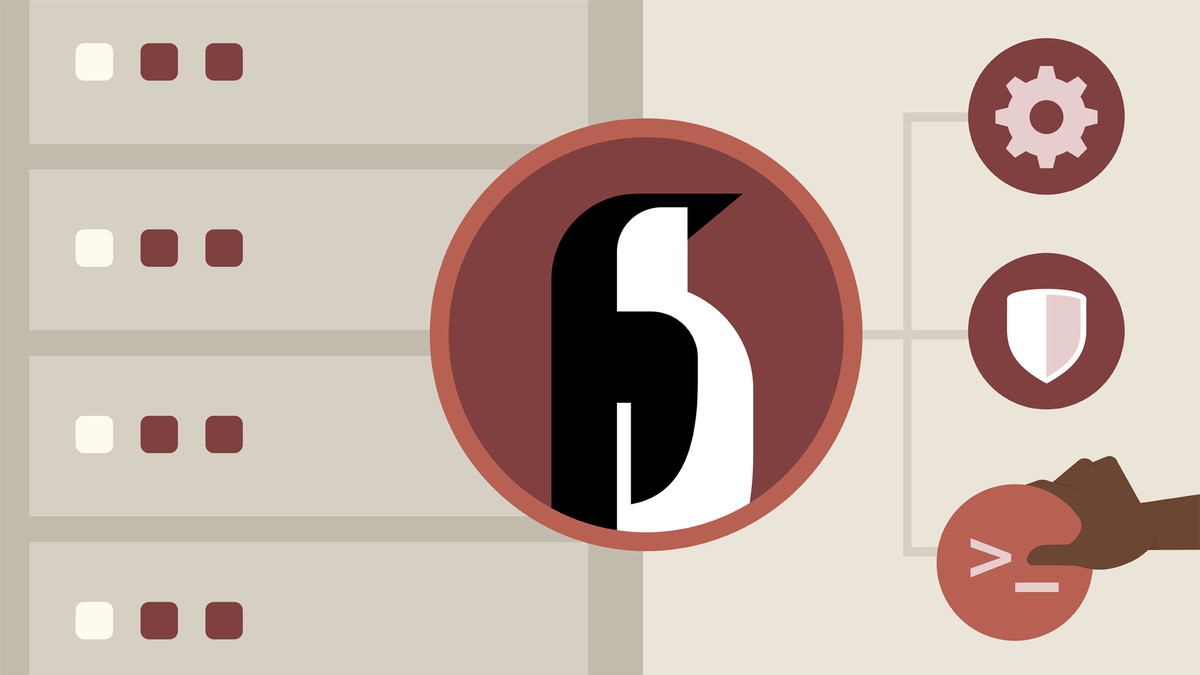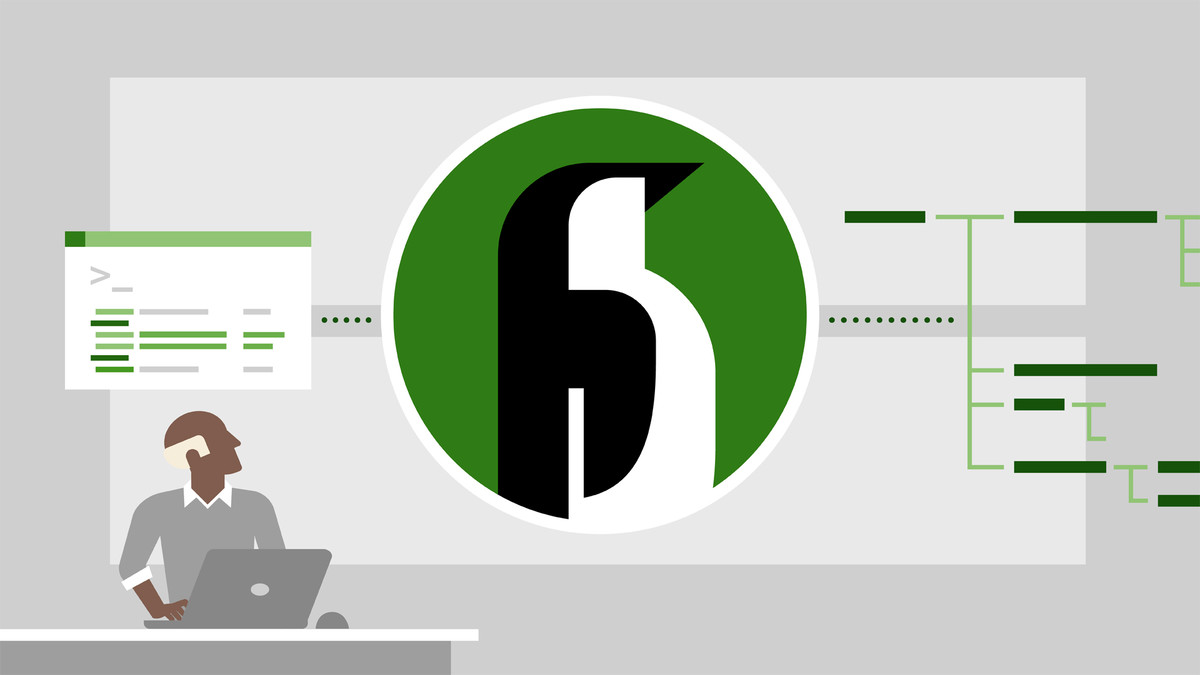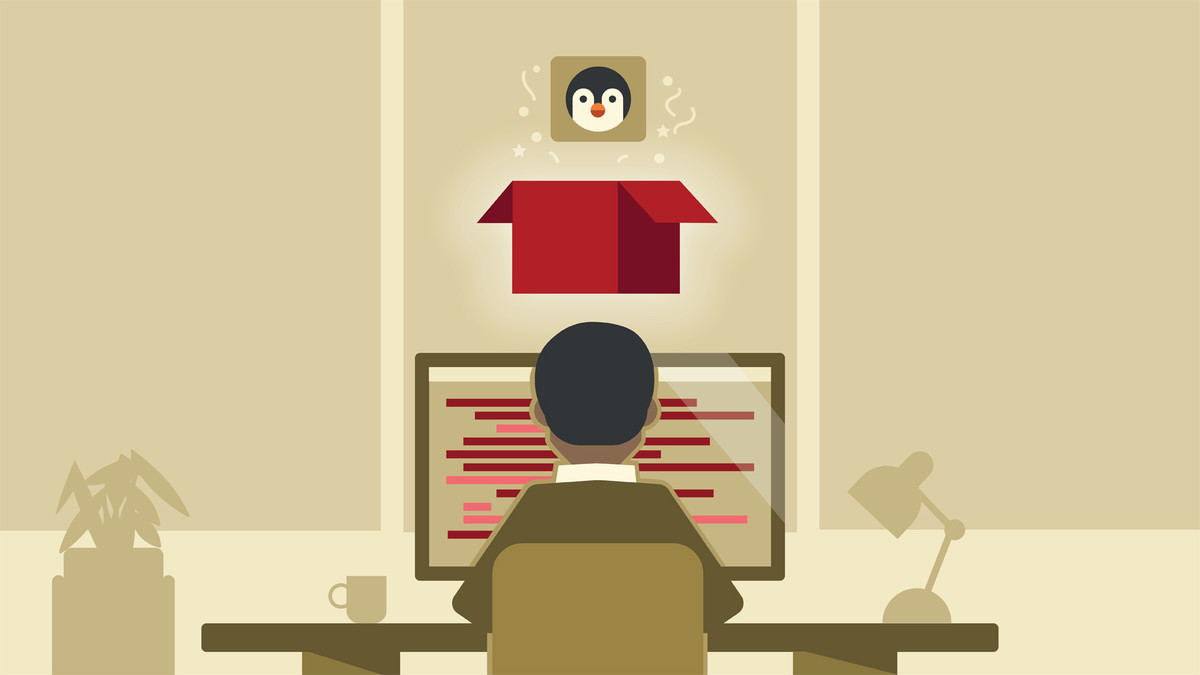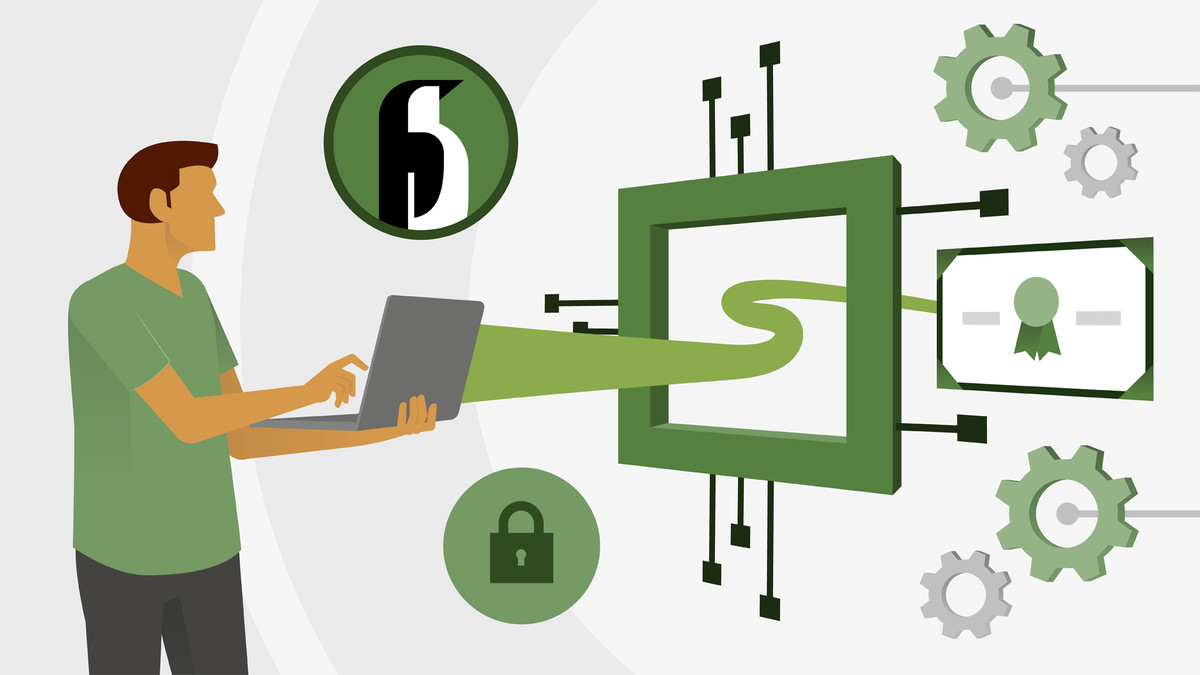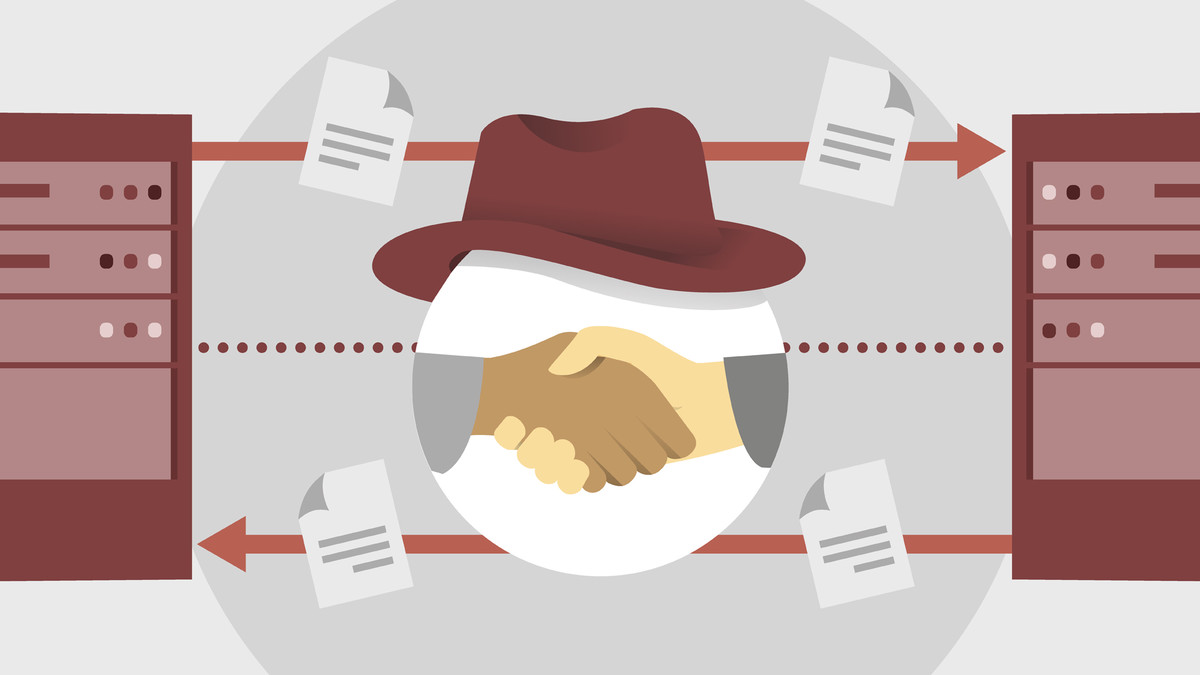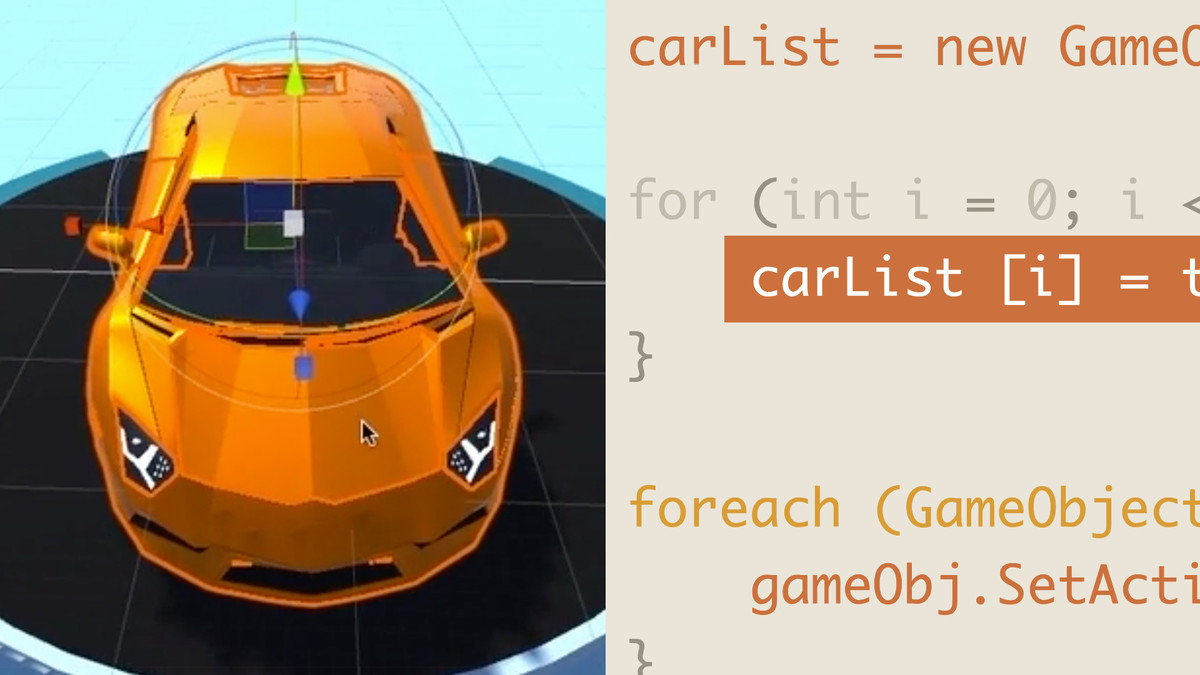Introduction
Prepare for the CompITA Linux+ certification
()
What you should know
()
About the Linux+ XKO-004 Exam
()
CentOS 7 install
()
CentOS 7 lab setup
()
Ubuntu 19.04 install
()
1. System Hardware
Understand the Linux bootup process
()
Boot into the emergency target
()
Update the kernel
()
Manage kernel modules
()
Configure live network connections
()
Configure networking using files on Enterprise Linux
()
Configure networking using NetworkManager
()
Configure interface bonding
()
2. Disk Systems
List, create, and delete partitions on MBR and GPT disks
()
Create partitions using parted
()
Resize partitions without losing data
()
Manage LVM volumes and Volume Groups
()
Extend existing logical volumes
()
Reduce existing logical volumes
()
Replace a physical volume
()
Create EXT filesystems
()
Repair EXT filesystems
()
Create and repair XFS filesystems
()
MDRAID or DMRAID?
()
Create a RAID 5 using LVM
()
Creating RAIDs using mdadm
()
Back up and restore an EXT filesystem
()
3. Manage Users and Software
Linux software management systems
()
YUM overview
()
Get package information with RPM
()
Manage software with YUM
()
Manage software groups with YUM
()
Work with YUM repositories
()
Get package information with dpkg and APT
()
Manage software with dpkg and APT
()
Work with APT repositories
()
Install software from source
()
Create and delete local user accounts
()
Modify local user accounts
()
4. Server Infrastructure and Services
Explain server roles
()
Compare cloud and virtualization concepts
()
Types of hypervisors
()
Virtual host initialization and storage
()
Locale and date tools
()
Introduction to systemd services
()
Get systemd service status
()
Manage systemd services
()
Make systemd services persistent
()
Manage sysvinit services
()
Manage one-time jobs with AT
()
Manage reoccurring user jobs with cron
()
Manage reoccurring system jobs with cron
()
5. GUI and Remote Access
Explore Linux desktop choices
()
GUI remote access
()
Graphical server types
()
Console redirection with SSH port forwarding
()
6. Create, Modify, and Redirect Files
Understand file system paths
()
Create files and dirs
()
Copy files and dirs
()
Move and rename files and dirs
()
Remove files and dirs
()
Create links to files and dirs
()
An introduction to Vim
()
Edit text in Vim
()
Search and replace in Vim
()
Named and unnamed Pipes
()
Use input-output redirection (>, >>, |, 2>, etc.)
()
Find files using Locate
()
Finding files with Find
()
Use grep and regular expressions to analyze text
()
Archive files
()
Compress files
()
7. File Security
What is a file?
()
Get file attributes
()
Get extended attributes
()
File and directory modes
()
File ownership
()
Set permissions using numeric method
()
Set permissions using symbolic method
()
Default permissions using umask
()
Special file bits: SUID and SGID
()
Special directory bits: SGID and Sticky
()
Read access control lists
()
Set access control lists
()
Configure inheritance with default access control lists
()
Delete access control lists
()
8. Mandatory Access Control
List and identify SELinux file and process context
()
Restore SELinux default file contexts
()
Use Booleans to modify SELinux behavior
()
Diagnose routine SELinux policy violations
()
Maintaining security context when managing files
()
Using AppArmor
()
9. System Security
Configure access and authentication using PAM
()
Using pam_tally2
()
Change default password policies
()
Lock user accounts and change password aging
()
Implementing SSH keypairs for authentication
()
Deny access using TCP Wrappers
()
Restrict access to TTY consoles
()
Summarize security best practices
()
10. Linux Firewalls
Compare and contrast Linux firewalls
()
Use firewalld for packet filtering
()
Use firewalld zones
()
Use firewalld for NAT
()
Create dynamic rules
()
11. System Logging
Locate and interpret system log files
()
Reading the system journal
()
Rsyslog filters
()
Rsyslog actions
()
Rotating log files
()
12. Backup, Restore, and Compress Files
Backup and restore an EXT filesystem
()
Archiving files with tar and cpio
()
Compressing files
()
13. System Monitoring
Monitor the network and remediate
()
Analyze system processes and optimize
()
Troubleshoot applications and hardware
()
Troubleshoot DNS client issues
()
14. Version Control
Installing Git on Fedora/CentOS
()
Configuring Git
()
Creating a local repository
()
Committing and adding files
()
Creating branches
()
Merging branches
()
Creating a GitHub repository
()
Cloning a remote GitHub repository
()
Get and push to a remote repository
()
15. Automation and Scripting
What makes a shell script a shell script
()
Positional arguments
()
File globbing
()
Wildcards
()
Bash variable scope
()
Outputting to STDOUT and STDERR
()
Pipe data into a script
()
Conditional flow with if, then if
()
Conditional flow with case
()
Numeric conditions
()
String conditions
()
File conditions
()
For loop
()
While loop
()
16. System Orchestration
Utilize configuration management systems
()
Infrastructure and build automation
()
Conclusion
Taking the exam
()
Ex_Files_Cert_Prep_CompTIA_Linux_XK0_004.zip
(433 KB)

